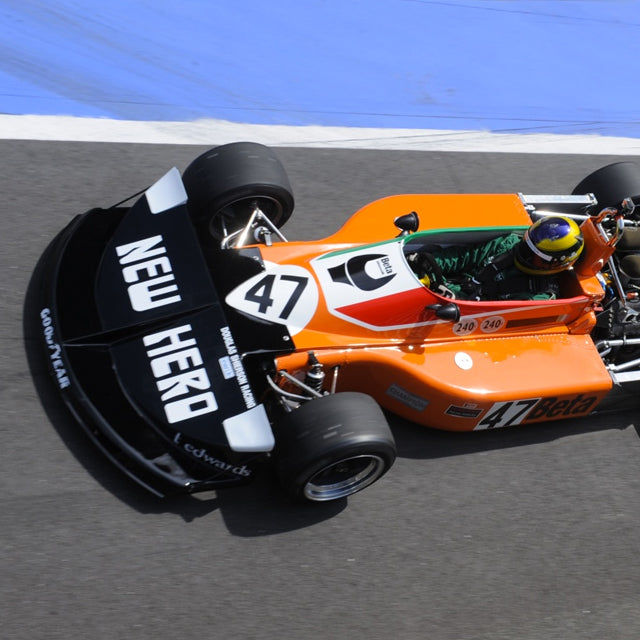I’ve been watching Formula 1 my entire life, and the thrilling machines manufacturers create are often the stars of the show. As any aficionado knows, many of the really interesting vehicles were canned before they could show their full potential, and so for Market Finds this week, I have a simple question.
Would you rather a slower but more interesting six-wheeled March Formula 1 car, or the much faster—and more modern—V8-powered 2008 Williams FW30a?

The Car: 1977 March Formula 1
Price: Inquire
Location: UK
Seller's Info: Click here
Offered without a price, the March 2-4-0 is a working, running example of a period in F1 when just about everyone was experimenting with adding another set of wheels and tires. Tyrell’s four front wheel arrangement is the most well-known (and successful), but the 2-4-0 was another approach…that never raced in anger.
That’s right: you’re able to take this car to a local track day, and marvel at, well, everyone marvelling at you. With six front axle-sized wheels, the idea was that it would have lots of traction and low drag. Powered by the ubiquitous Cosworth DFV, it was run in testing and various hill climb events after its short F1 “career” was over. Some neat trivia is that designer Robin Herd named the car after railway terminology for rolling stock: two wheels leading, four driven wheels, and zero trailing wheels.

The Car: 2008 Williams FW30A
Price: Inquire
Location: UK
Seller's Info:Click here
Straight from Williams comes this ex-Nico Rosberg Williams-Toyota FW30A. Williams was, at the time, a front-runner but without the speed to regularly worry its rivals. This chassis competed in six grands prix, and was driven by Rosberg to his first podium finish.
The seller says it’s in meticulous but “non-running” condition, but I think that with the spare change from its £125,000 asking price should be spent on a few mechanics, a few engines, and some driver training…




















































